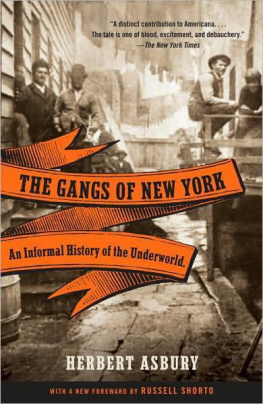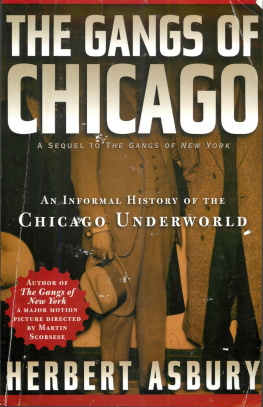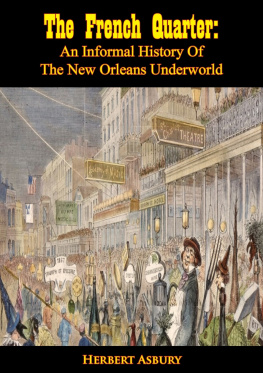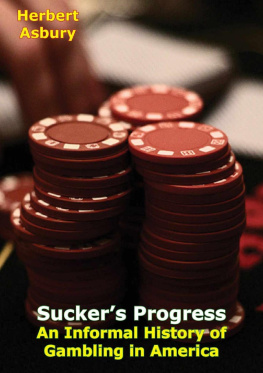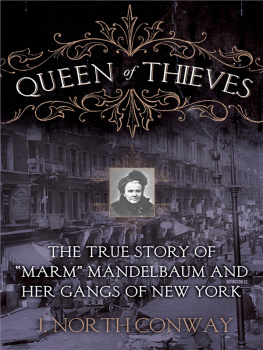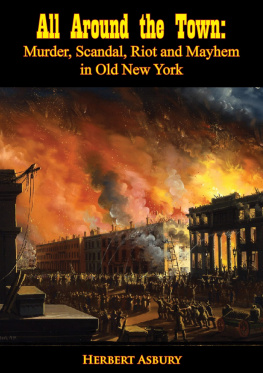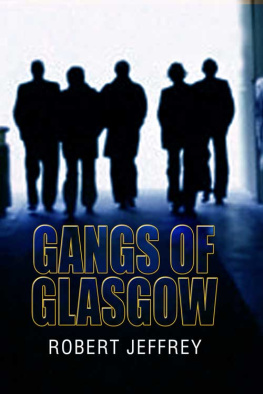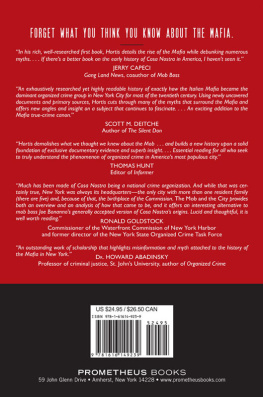A committee consisting of Daniel Drew and others negotiated for the purchase of the Old Brewery on behalf of the Missionary Society, and in 1852 bought it for $16,000, of which the city authorities gave $1,000. The inhabitants, both human and rodent, were turned out, and on December 2, 1852, the demolition of the old rookery was begun. On January 27,1853, Bishop Jones of the Methodist Episcopal Church laid the cornerstone of the new mission, erected on the site of the Old Brewery at a cost of $36,000. The laborers who wrecked the Old Brewery carried out several sacks filled with human bones which they had found between the walls and in the cellars, and night after night gangsters thronged the ruin searching for the treasure which rumor had it was buried there. None was found, but many holes were dug, and there was much tapping and plumbing of hidden passages and wall spaces. The destruction of the Old Brewery was accomplished amid great rejoicing, and the Rev. T. F. R. Mercein wrestled with the muse and produced a poem in honor of the occasion:
Murmurs a smotherd groan Long years the cup of poison filling From leaves of gall;
Faith, hope and purified affection.
God bless the love that, like an angel.
Flies to each call.
Oh! this world is stern and dreary.
Praise God! a voice hath called the weary.
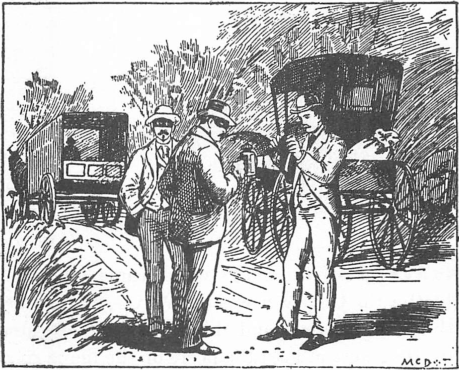
The Return of A. T Stewarts Bones
It was soon after the adventure in Norfolk street that Johnny Spanish fell in love, and was seized with a burning desire to ornament his adored one with silks and precious stones. But he had not sufficient money, and naturally thought of stuss, and principally of the game operated by Kid Jigger in Forsyth street between Hester and Grand, one of the most prosperous on the East Side.
Kid Jigger bore a wide reputation as a gun fighter, and the gangsters respected his prowess and left him in peace, but Spanish was blinded by love and avarice, and so was undeterred by Jiggers renown. He visited the stuss game and calmly notified Kid Jigger that thereafter the profits were to be equally divided, although Kid Jigger could continue to do the hard work of running the game.
An why, demanded Kid Jigger, do I give youse half my stuss graft?
Because, said Spanish, if youse dont Ill bump youse off an take it all.
Kid Jigger laughed loud and long, and Spanish glared at him balefully from his brooding black eyes.
All right, he said. Ill bump youse off tomorrow night.
And on the appointed evening, as Kid Jigger stepped from his stuss house into Forsyth street, he found Johnny Spanish waiting for him on the corner. Spanish immediately opened fire with both guns. Jigger scurried back into his castle and escaped injury, but one of Spanishs bullets struck and killed an eight-year-old girl, who was playing in the street. Spanish fled the city, and when he returned a few months later found that the woman for whom he had gone to so much trouble had abandoned him for the more imposing figure of Kid Dropper. He made no threats against her, but one night bundled her into a taxicab and drove into a marsh near Maspeth, Long Island. There he backed her against a tree and fired several shots into her abdomen. She was found unconscious several hours later, but meanwhile had given birth to a baby, three of whose fingers had been shot away. The police caught Spanish after awhile, and early in 1911 sent him to prison for seven years. Kid Dropper was imprisoned a few months later, receiving a sentence of seven years for robbery, complicated by general cussedness.
IN addition to the great gangs and their vassal combinations, there were also a large number of independent groups which controlled small areas within the domains of the larger gangs, and vigorously opposed any attempt to absorb or suppress them. As we have recorded, the Marginals, Pearl Buttons, and Fashion Plates laid claim to small portions of the Hudson Duster kingdom; and in the Eastman territory the Fourteenth Street Gang, under the leadership of A1 Rooney, successfully maintained its hegemony for several years, as did the Yakey Yakes, the Lollie Meyers and the Red Onions. The Yakey Yakes operated around Brooklyn Bridge under the leadership of Yakey Yake Brady. They finally left the field when Yakey Yake died of tuberculosis.
The most famous of the independent gangs was that captained by Humpty Jackson, whose activities centered around an ancient graveyard in the block bounded by First and Second avenues and Twelfth and Thirteenth streets. Jackson was a unique figure in the underworld of his time. He was fairly well educated, and was seldom to be seen without a book in his pocket. His favorite authors were Voltaire, Herbert Spencer, Darwin, and Huxley. He owned a good library, comprising principally works on philosophy, and is said to have had more than a casual knowledge of Greek and Latin. His disposition, however, was anything but philosophical; he was morose and quick-tempered, and would shoot at the slightest provocation. He carried no less than three revolvers, one in his pocket, another slung under his hump, and a third in a special rack built into his derby hat. His gang numbered some fifty thugs, including such celebrated heroes as Spanish Louie, Nigger Ruhl, the Lobster Kid, and the -Grabber.
These worthies met in the cemetery at regular intervals, with Jackson sitting on a tombstone like a crooked little gnome, while his followers disposed themselves upon the graves. They were so at ease one summer evening when Crazy Butch and a score of Eastman gangsters pounced upon them, trussed them up and plundered them of their money and weapons. The police never made a charge of homicide against Humpty Jackson, but they arrested him more than a hundred times and sent him to prison for twenty different offenses. At one of his trials it was shown that he had accepted one hundred dollars from a stranger to blackjack a man he had never seen before. But Humpty himself, of course, did not do the slugging. A gang leader seldom demeaned himself so, any more than a boss contractor shovels dirt or a civilized ruler goes to war. He pocketed his fee, pointed out the prospective victim to a blackjack or slung-shot artist if the affair was to be a mere matter of bruising, or to a gunman if permanent results were desired, and then retired to his favorite dive to await the report of his henchman. Some of the gangsters insisted upon making written reports; one of Monk Eastmans most efficient blackjackers always turned in a formal, type-written document, designating the victim as the subject and himself as the operative. Oddly enough, this mans ambition was to get on the police force.
Next to Jackson himself, the most celebrated of the gangsters who haunted the old graveyard was Spanish Louie, also known as Indian Louie. There was much uncertainty about Louies ancestry; he talked vaguely, on occasion, about his noble Spanish and Portuguese forefathers, and also let it be known that the hot blood of Indian chieftains flowed in his veins, and that he had inherited all of the vices and none of the virtue of the red man. He was also said to have been in the army and navy, although rumor failed to name the regiment or the ship. Tall tales of his prowess drifted into the dives of Chinatown and the Bowery, where he was most often to be seen, and Spanish Louie neither denied nor affirmed them, for he had a genius for mystery, and so contrived that everything he did played upon that note. He carried a brace of heavy Colts revolvers, the most massive artillery in gangland, and supplemented this armament with a pair of eight-inch dirks, which he thrust into special scabbards built into his trousers. His clothing was solid black, and was topped by a great sombrero of funereal hue, while instead of a shirt he wore a black sweater drawn close up to his chin. As he strode the streets, with his piercing black eyes glaring from beneath his black-brimmed sombrero, he was a figure calculated to inspire awe and respect; but his fellows could never make up their minds whether he was all that he pretended to be.

